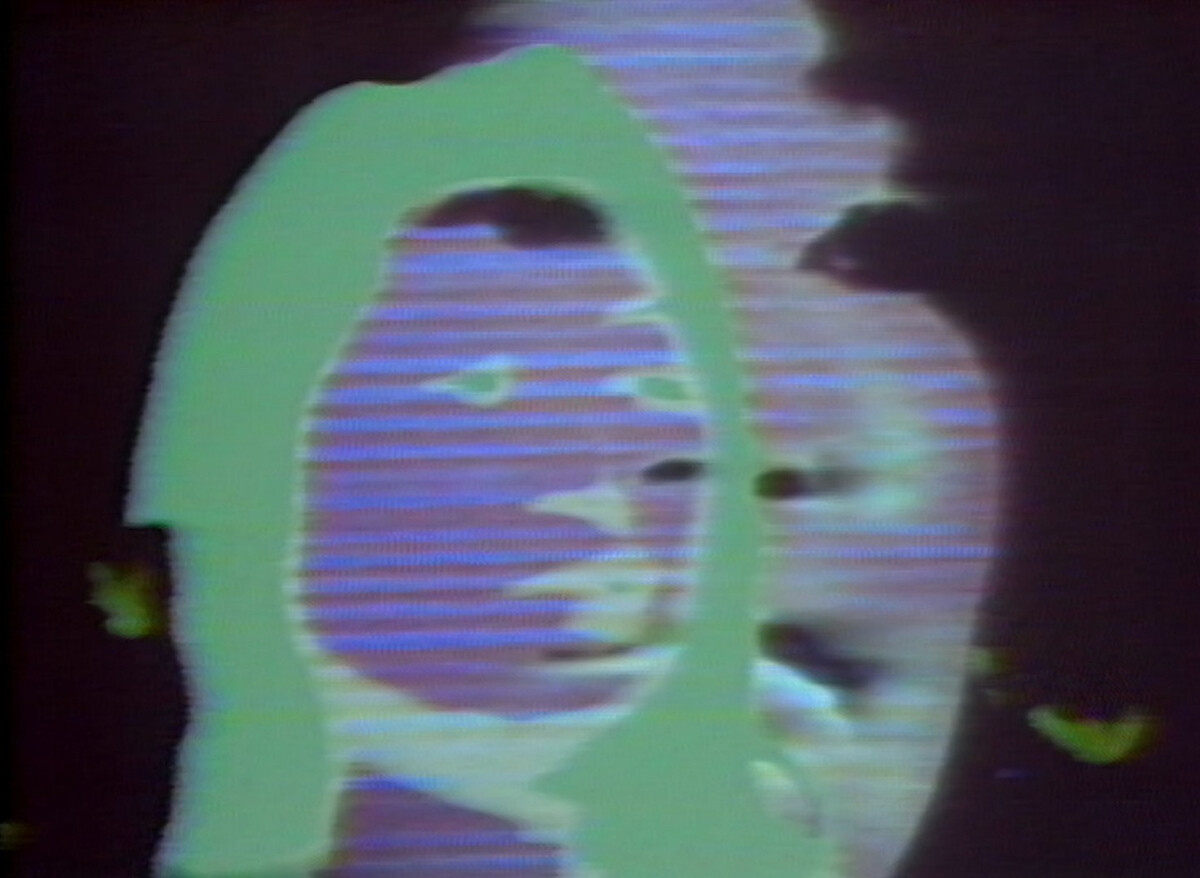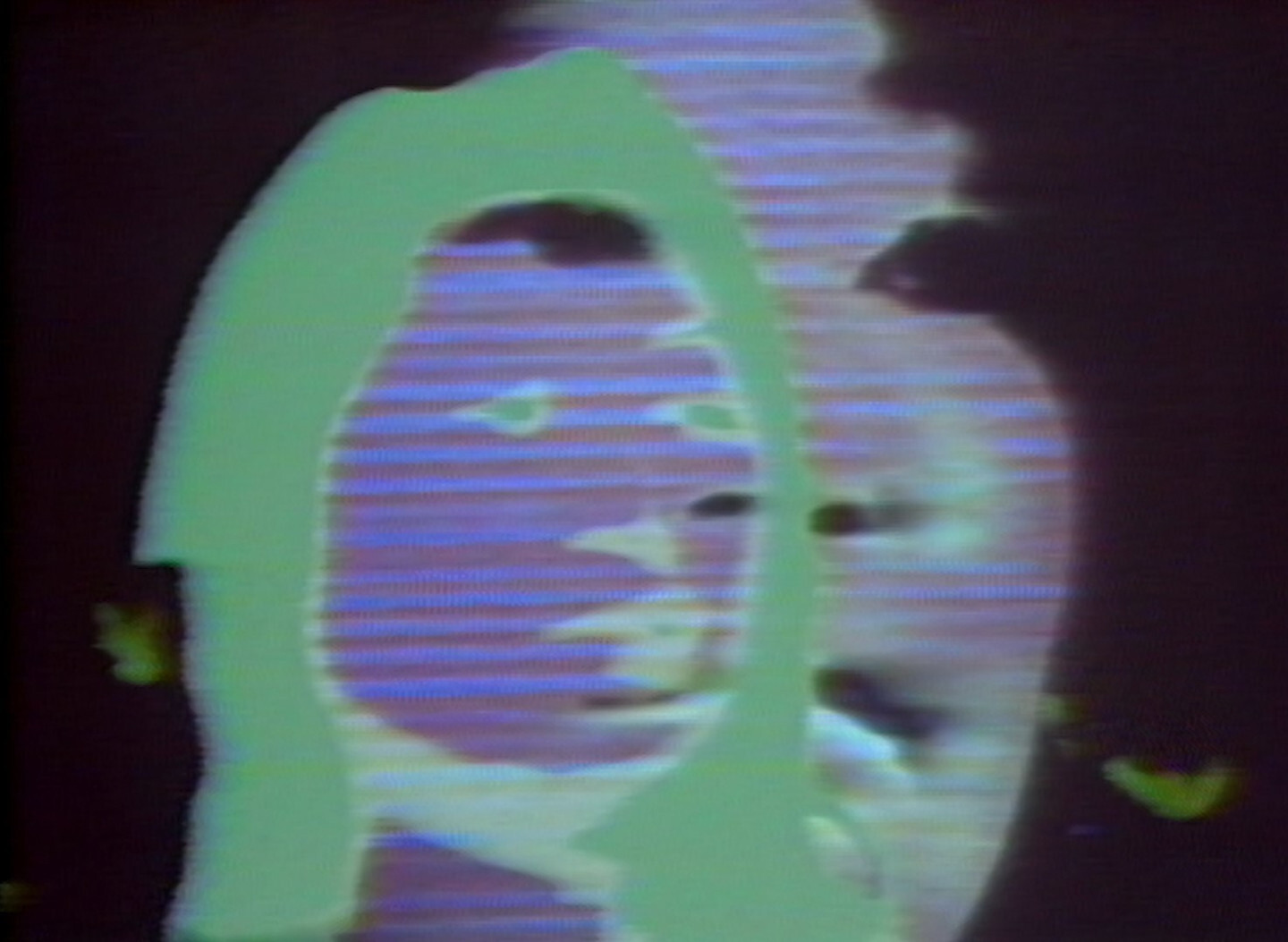Admission starts at $5
October 11, 2022, 7pm
Brooklyn, NY 11205
USA
It rains in my heart, it rains on my video art… Art imitates nature, nature imitates art.
—Shigeko Kubota
Join us at e-flux Screening Room on Tuesday, October 11 at 7pm for A Life on Video: Shigeko Kubota’s Broken Diary, a screening and discussion of videos by Shigeko Kubota, curated by Juno Peter Yoon and Lukas Brasiskis. The screening will be followed by a conversation between Yoon and Brasiskis, and Eimi Tagore-Erwin.
Over her five-decade career, Kubota forged a lyrical confluence of the personal and the technological, often merging vibrant electronic processing techniques with images and objects of nature, art, and everyday life. An active participant in the international Fluxus art movement in the 1960s, Kubota was strongly influenced by the art and theories of Marcel Duchamp and John Cage. Her distinctive fusions of the organic, the art historical, and the electronic are at once poetic and witty. Focusing on several, often interconnected themes, Kubota’s works include installations that pay direct homage to Duchampian ideas and icons; those that reference Japanese spiritual traditions of nature and landscape, particularly water and mountains; and a series of diaristic works chronicling her personal life on video.
In this screening, we will focus on the latter component of Kubota’s body of work—her autobiographical videos, collectively titled Broken Diary, that evolved since 1970. Self-Portrait (1970-1971), Video Girls and Video Songs for Navajo Sky (1973), My Father (1973-1975), and SoHo SoAp/Rain Damage (1985) perfectly represent Kubota’s poignant and wry autofictional observations of the everyday, characteristic of a strong sense of feminist identity.
The screening is part of Revisiting Feminist Moving Image, a series at e-flux Screening Room aimed at revisiting the origins, contexts, developments, and impact of feminist video art and experimental cinema around the world from the 1960s through today.
Films
Self-Portrait (ca. 1970-1971, 5 minutes)
Shigeko Kubota’s Self-Portrait demonstrates limitless possibilities of the medium of video. This work, in which Kubota interacts with her own image, incorporates some of her earliest known experimentations with video technology. She employs this new technology to manipulate the electronic signal, generating previously inconceivable hues and patterns and unraveling traditional image-making conventions.
Video Girls and Video Songs for Navajo Sky (1973, 31 minutes)
Kubota narrates this surrealistic video diary of her month-long sojourn with a Navajo family on a reservation in Chinle, Arizona. She talks to the women as they cross the desert in a horse-drawn carriage to fetch water from the nearest well, and captures footage of tribal songs and dances, children’s pranks and a local rodeo. Despite the language barrier between the Japanese Kubota and the English-speaking Native Americans, the artist befriends her subjects through sheer force of personality. Kubota relates to her subjects less like a documentary observer and more like a distant relative, with humor and affection.
My Father (1973-1975, 15 minutes)
“Father, why did you die?” With this deeply intimate statement of grief, Kubota mourns the death of her father. Video and television are central to her ritual of mourning, and allow her father to assume a presence after death. Kubota and her father, who was dying of cancer in Japan, are seen watching television together on New Year’s Eve. The suffering of father and daughter is rendered even more poignant when contrasted with the everyday banality of the pop music and New Year’s celebrations on TV. After his death, Kubota weeps alone in front of a video monitor. Awash with tears and personal pain, My Father is a cathartic exorcism of grief, with video serving as witness and memory.
SoHo SoAp/Rain Damage (1985, 8 minutes)
This chapter of Kubota’s ongoing video journal chronicles the aftermath of a flood that destroyed Kubota and Nam June Paik’s loft studio, after a roofer left work unfinished during a rainstorm. Kubota tells this story, and the ensuing struggles with their co-op, as a subjective, tragicomic documentary. On-screen text merges with Paik’s often incomprehensible running narration; images of the former editing studio are keyed into photos of the destruction. The emotional impact of the loss of the artists’ videotapes and equipment is felt throughout, as is the significance of water in Kubota’s art.
About the series
Revisiting Feminist Moving Image is a screening series at e-flux Screening Room that revisits the origins, contexts, and developments of feminist video art and experimental cinema from the 1960s to the present. The screenings feature a number of internationally renowned feminist experimental filmmakers and video artists. Aware of the different pace of development of feminist discourse in various parts of the world, the screenings accompanied by conversations with moving-image artists, art historians, and curators aim to inspire dialogue between various movements and waves of feminist moving-image art and to spark discussions on (g)local and transnational practices.
Accessibility
–Two flights of stairs lead up to the building’s front entrance at 172 Classon Avenue.
–For elevator access, please RSVP to program@e-flux.com. The building has a freight elevator which leads into the e-flux office space. Entrance to the elevator is nearest to 180 Classon Ave (a garage door). We have a ramp for the steps within the space.
–e-flux has an ADA-compliant bathroom. There are no steps between the event space and this bathroom.
For more information, contact program@e-flux.com.


